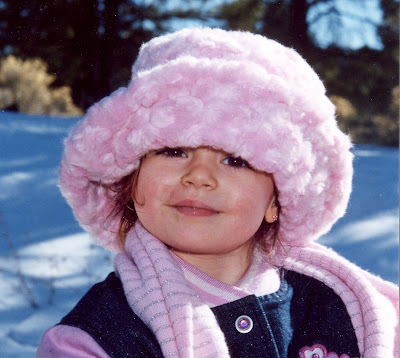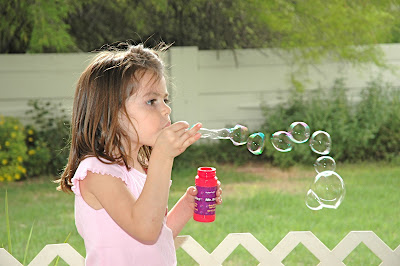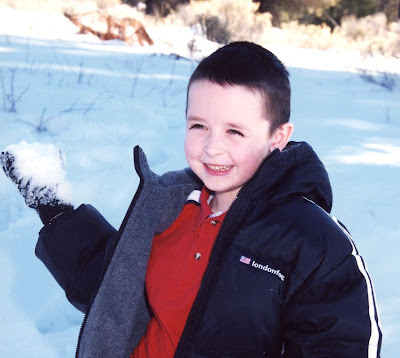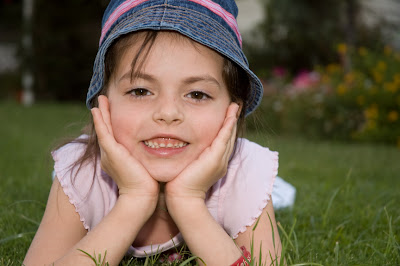



Taking photos of children can sometimes be quite challenging. But, like all portraits, as the proverb goes, the eyes are the doorway to the soul. It is important that the subjects eyes are well lit. The eyes portray so much emotion and character, that it is critical that they are well lit and in focus. If the eyes are not in focus, then the image usually will not work.
One of my most enjoyable moments in photography, is when the client takes a look at the proofs and smiles, cries, laughs or just plain shows raw emotion for the moments caught and now remembered. When your client shows this kind of emotion, you know that you have done a great job in capturing the character of the subject. And kids can be quite difficult to capture with natural expressions.
As the photographer, you are always looking for that definable moment that captures the spirit of the child. The expression on the face, the look in the eyes, the smile, the gestures. All play a critical part in capturing the essential character of the subject. So, you not only have to be a good photographer, using all the skills you have to capture the moment technically correct, but you also need to be a psychologist, comedian, peer, parent, friend and whatever else you need to do to capture the moment when it is right.
There are some rules, of course. Technically, even if you are outdoors, you need to generally have the flash fire with every photos in order to open up the shadows and create even, smooth lighting for the subject. Flash will also make sure that the eyes are clearly visible and have a tell tale catch light in the pupil. This will help make the portraits look more natural. You will need to be sure that the flash does not overpower the subject and blow out highlights. You will be using the flash to just fill in the shadows (when outdoors) not using the flash as the main source of light. The flash will need to be one or two ƒ stops less than would normally be required.
Also, you will need to be sure that there are no distracting elements in the background that would otherwise spoil a masterpiece. Of course, you can always use Photoshop to edit out distracting elements, but it is always better to try and set the scene properly before taking the photos. This will save you a lot of time and effort later when you are getting ready to make prints of the images.
An important consideration when photographing children, is to try and make sure that you are taking photos at their level. Do not stand with the camera pointing down to take photos. They will not look normal. You want to be at their level for the images to look natural. To ensure the eyes and face are exposed properly, you will usually need to be sure that you use the flash on each image. However, try to balance the flash with the available light so the images still look natural.
Always be sure that when taking photos, you do so using the RAW format (if available). This will give you maximum flexibility when processing the images on the computer later. The RAW format will give you an image with all the image data captured by the camera. If you use the JPEG format (see next para), you will automatically be losing a certain amount of information, which you can never get back. Also, use the maximum resolution available on your camera. This will enable you to crop your images as necessary, without any apparent loss of detail.
The JPEG format was created many years ago in an effort to enable cameras to be able to take and store more images on the available memory cards. In the beginning of memory cards, the technology was expensive, and memory cards had only limited capacity. Today, memory cards are very inexpensive and now come in very large sizes. When shooting in the JPEG format, the computer inside the camera analyses the image data and makes a determination of image data that can be discarded without adversely affecting the overall image. The data that is discarded can never be regained. Once it is discarded, it is gone forever. So, when shooting images, use the RAW format if available or if you have to shoot JPEG images, be sure to select the finest JPEG mode available, in an effort to keep as much image data as possible.
I have included some sample images in the blog post listed below. You will note that the flash has been used on each of these images. However, if you look closely, you will not see any harsh shadows from the flash as can often happen. I have balanced the amount of flash output to the conditions so that the lighting looks more natural. It is very important that you maintain detail in the face of your subjects. Too much flash will create distracting highlights on skin, and detract from your photos. Typically, if you can, you should make sure that the flash is giving off about one or two stops less light than the available light. So, if the available light shows an exposure of 125 at ƒ8, then set the flash for an aperture on 5.6 or 4.
Tom has had a camera or mouse in his hand for more than 30 years. His step father was a well known English actor who starred in many films with the likes of Clark Gable, Ava Gardner, Grace Kelly, Maureen O'Hara, John Wayne and many others. One of his favorite movies was with John Wayne in The Quiet Man, shot in Ireland. He played the part of the visiting Bishop. After coming off set one day, he was approached two Nuns who thought he was a real bishop, and so the nickname "Bish" stuck with him from then on. He was an avid photographer, and taught me photography from the age of 12. He was a great man and a great mentor. I miss him very much.
Photography is a wonderful medium. It captures moments in time forever available for you and the world to see, whenever you want to go back a remember a special moment. Your parents, your childhood, your family and kids. And if you enjoy photography as much as I do, then you might be considering how to make some money with your camera. The hardest part is making a start. The course described in the web site can help if you are serious about making money in photography.
Like many professionals, Tom Jackson began his career by shooting weddings. You can make a substantial income shooting weddings with little overhead. Tom has had a camera or computer mouse in his hand for more than 30 years. With the advent of digital cameras and software, Tom has been a consultant to the graphic design, advertising and publishing industries, teaching digital technology. You can get more info on wedding photography, cameras and computer image editing, and see examples of his work, or info on how to start your own business at this website

No comments:
Post a Comment